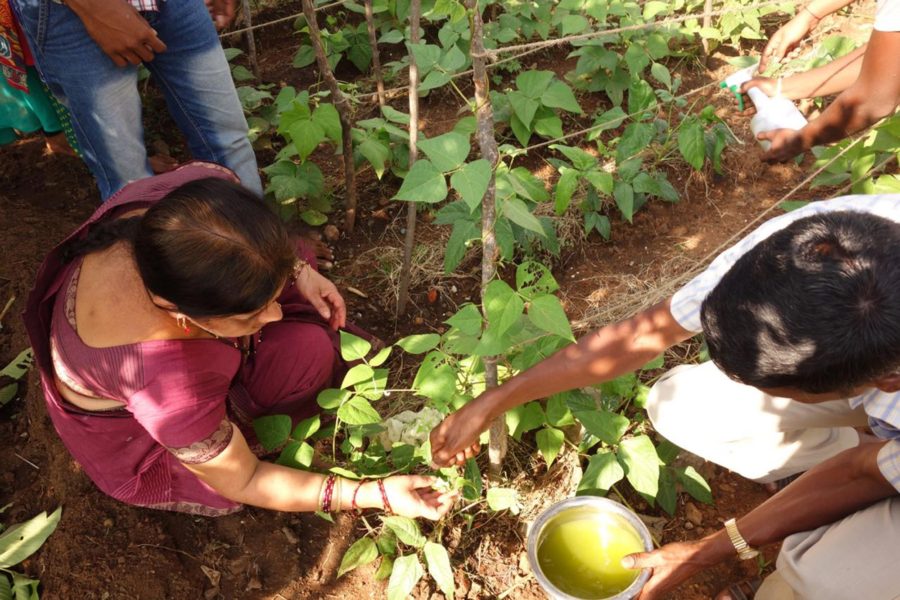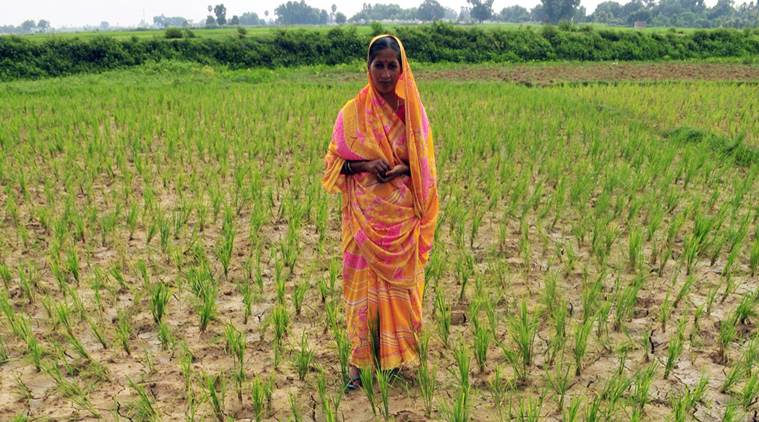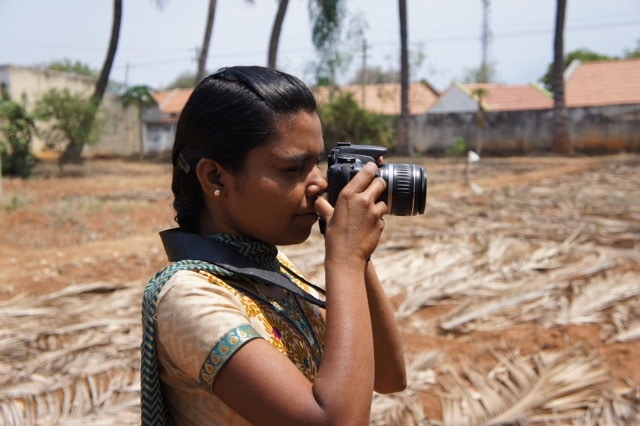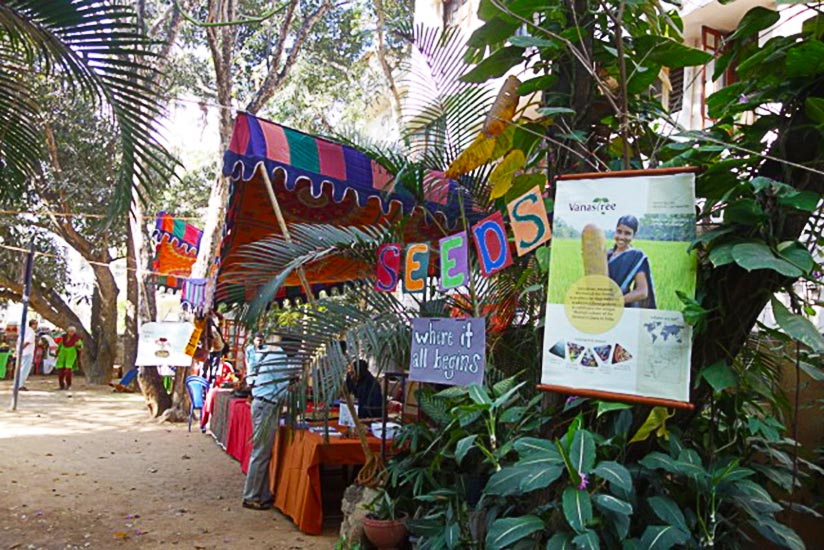Posts Tagged ‘Regenerative Agriculture and Food Systems’
[In the News] Farmer suicides: A call to climate action for India
In a recent article by Suresh Babu of the International Food Policy Research Institute, Babu points out that “As both a contributor to climate change and a victim of its impacts, agriculture needs to become climate resilient. This direct connection between climate change and agriculture is perhaps nowhere more apparent than in India, where recent…
Read More[In the News] Climate Change and Food Security in Nepal
Over the past few years, Nepal has faced troubling weather events and a substantial body of evidence points to climate change as a primary cause. Longer droughts, frequent flooding of rivers (due to melting glaciers), and extended summer seasons have directly impacted agricultural production and the availability of food, most especially for poorer communities. This…
Read More[In the News] A Look at Land Rights for Women Farmers in India
Here at WEA, we recognize that women are the backbone of communities and often play a much more significant role in community care-taking and resource management (i.e. food, water, energy, etc.) than they are often recognized for. This article published by The Indian Express discusses this dilemma. Women comprise up to 65 percent of all agricultural…
Read MoreFirst Public Preview of Land and Lens Photographs
In March, WEA’s Seeds of Resilience Project partner Vanastree, a women farmer’s seed-saving collective in Karnataka State, India, held their first photography training for project participants and community members, kicking off the storytelling component of this work called Land and Lens. This unique initiative supports the project’s ongoing efforts to ensure rural women farmers are equipped with…
Read MoreMalnad Mela — A celebration of Seeds
In an event hall in the small village of Sirsi, on the edge of the Western Ghats in the Indian state of Karnataka, more than a hundred women gather to participate in the Malnad Mela, a decade-old festival organized by Vanastree, a seed saving collective of women farmers. These participants, as well as the 800…
Read More



